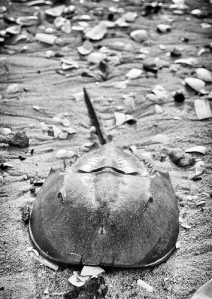Mayday! Mayday! How many times have we seen those words used when someone was in serious need of assistance? Perhaps a plane was in danger of crashing or a ship or boat was sinking. But there’s another meaning to the word Mayday, a meaning rarely mentioned or practiced today.
Like many of our modern holidays, Mayday evolved from a heathen ritual into a celebration of spring with the added bonus of bringing happiness to others. My intention is not to promote the heathen side of this ancient holiday, but the tradition it had evolved into when I was a child.
For my family, Mayday was a special day to honor the elderly who lived in our neighborhood. My favorite memories of this day were making cones out of construction paper, placing a few pieces of candy in the bottom of the cone and then stuffing them with freshly picked flowers. My sisters and I would then hang these cones filled with beauty on the door knobs of our elderly neighbors, ring the doorbells and run to hide. We loved peeking out from behind trees and bushes to see the excitement on their faces when they saw their small tokens of appreciation – which was supposedly an anonymous gift.
One year after moving into a new neighborhood, an elderly widow who lived next door was one of the beneficiaries of our cone of appreciation. My sisters and I hung the cone on her front porch, rang her doorbell and ran to hide. We were disappointed when she came to the door but didn’t see our gift. We repeated the process twice more, but because she had never heard of Mayday she thought someone was playing a prank on her. How disappointed she was when she discovered it was us. We had often visited her just to talk, so our prank made no sense.
Finally, when she stepped out on her porch to corner us about our disgraceful behavior, she saw the cone. I remember peeking from behind the nearby tree and seeing the excitement on her face. It wasn’t until years later that I discovered that she was unfamiliar with Mayday. At the same time I learned that after that first May 1st, Mayday had became one of her favorite days of the year. As a lonely, elderly woman, she looked forward to her neighbors, the Daffern children, making her a beautiful child-designed cone filled with candy and flowers and “surprising” her with their gift.
As a child my favorite part wasn’t making the cones, although that was great fun, it was the anticipation of watching the smiles on our elderly neighbors’ faces when we delivered our gifts. Strangely, after the first year of delivering our gifts, we were often invited into their homes because they “just happened” to have fresh cookies made and desired to share them with us.
Next May 1st consider taking advantage of the modern interpretation of Mayday. Make it a family project to design, create and fill Mayday cones, and then teach your children to respect and honor the elderly by giving them this gift of love.

